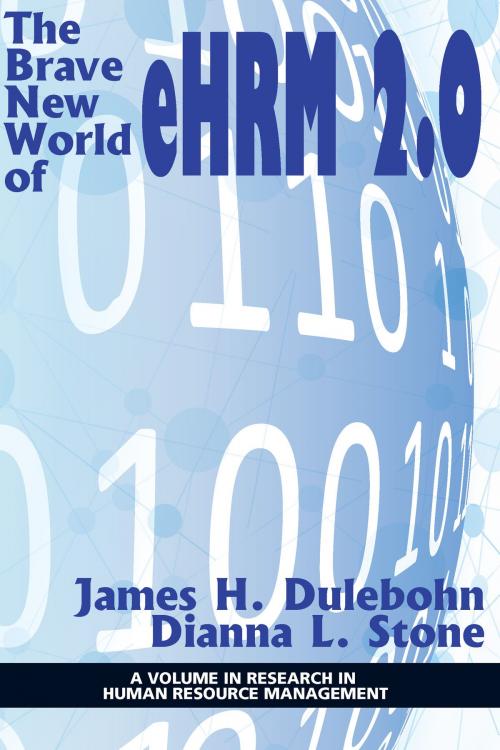The Brave New World of eHRM 2.0
Business & Finance, Human Resources & Personnel Management, Training| Author: | ISBN: | 9781641131575 | |
| Publisher: | Information Age Publishing | Publication: | February 1, 2018 |
| Imprint: | Information Age Publishing | Language: | English |
| Author: | |
| ISBN: | 9781641131575 |
| Publisher: | Information Age Publishing |
| Publication: | February 1, 2018 |
| Imprint: | Information Age Publishing |
| Language: | English |
Information technology has had a profound effect on almost every aspect of our lives including the way we purchase products, communicate with others, receive health care services, and deliver education and training. It has also had a major impact on human resource management (HR) processes, and it has transformed the way that we recruit, select, motivate, and retain employees (Gueutal & Stone, 2005; Kavanagh, Thite, & Johnson, 2015). For example, some estimates indicated that 100 % of large organizations now use web-based recruiting (Sierra-Cedar, 2016-2017), and over half of the training conducted in America is delivered using technology-based methods (American Society for Training and Development, 2015). Results of a survey by the Society for Human Resource Management (SHRM) (2002) revealed that technology is one of the major drivers of change in today’s HR departments. In spite of the increased use of technology in the field of HR, relatively little research has examined the acceptance and effectiveness of electronic human resource management (eHRM) methods. As a consequence, practitioners are implementing these new systems without the benefit of research. Thus, the primary purpose of this issue is to review the results of research on a number of important eHRM practices including e-recruitment, e-selection, gamification, e- socialization, e-learning, and e-performance management. It also considers how technology can be used to manage task-based contingent workers, and examines the problems associated with cyberdeviance in organizations. The chapters in this series should be extremely beneficial for HR researchers and practitioners who are employing these new systems.
Information technology has had a profound effect on almost every aspect of our lives including the way we purchase products, communicate with others, receive health care services, and deliver education and training. It has also had a major impact on human resource management (HR) processes, and it has transformed the way that we recruit, select, motivate, and retain employees (Gueutal & Stone, 2005; Kavanagh, Thite, & Johnson, 2015). For example, some estimates indicated that 100 % of large organizations now use web-based recruiting (Sierra-Cedar, 2016-2017), and over half of the training conducted in America is delivered using technology-based methods (American Society for Training and Development, 2015). Results of a survey by the Society for Human Resource Management (SHRM) (2002) revealed that technology is one of the major drivers of change in today’s HR departments. In spite of the increased use of technology in the field of HR, relatively little research has examined the acceptance and effectiveness of electronic human resource management (eHRM) methods. As a consequence, practitioners are implementing these new systems without the benefit of research. Thus, the primary purpose of this issue is to review the results of research on a number of important eHRM practices including e-recruitment, e-selection, gamification, e- socialization, e-learning, and e-performance management. It also considers how technology can be used to manage task-based contingent workers, and examines the problems associated with cyberdeviance in organizations. The chapters in this series should be extremely beneficial for HR researchers and practitioners who are employing these new systems.















